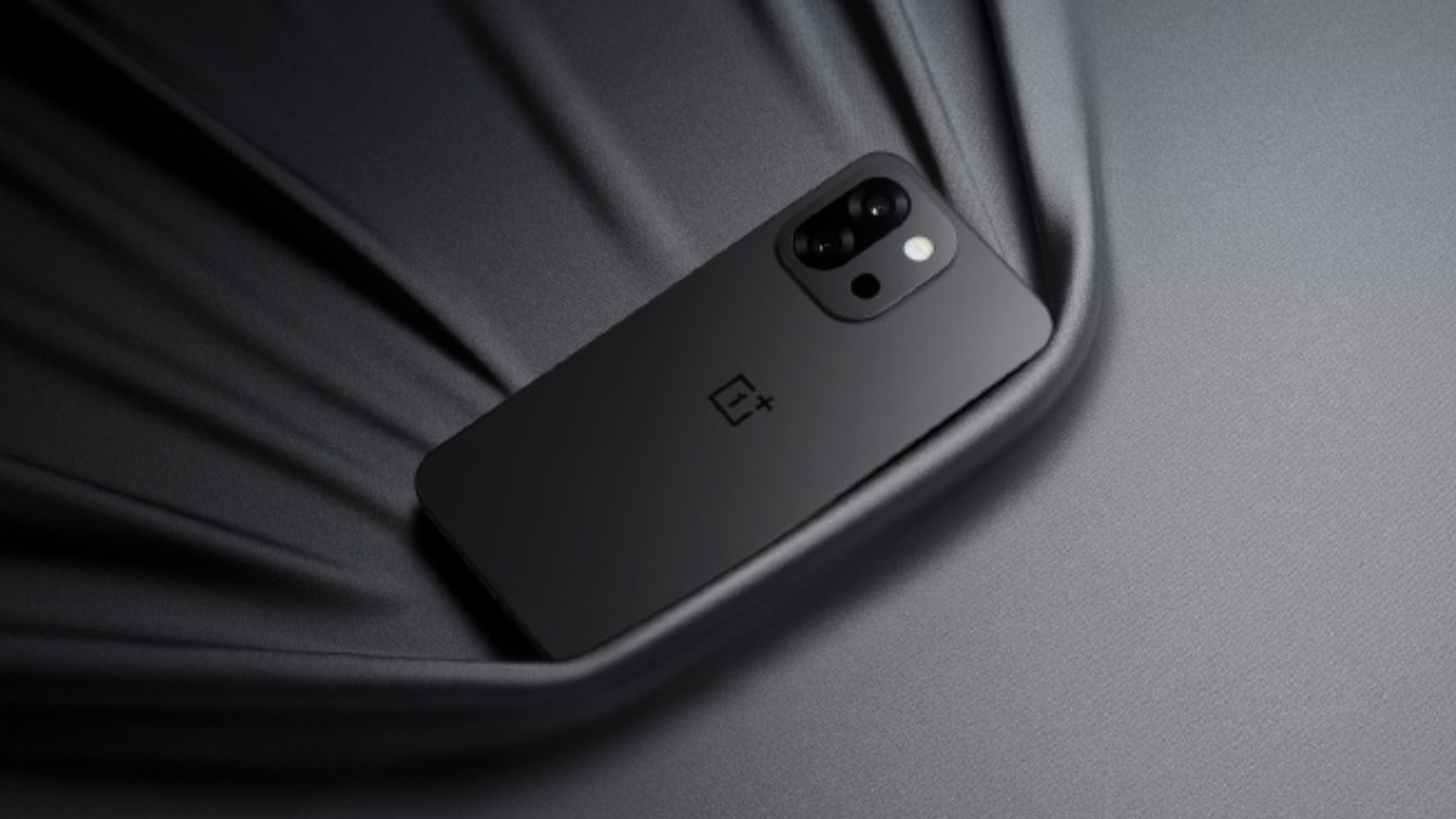The Pixel Watch 3 should have runners both excited and depressed
A Fitbit interview during Made by Google makes it clear that the Fitbit brand is better — and less accessible — than ever.
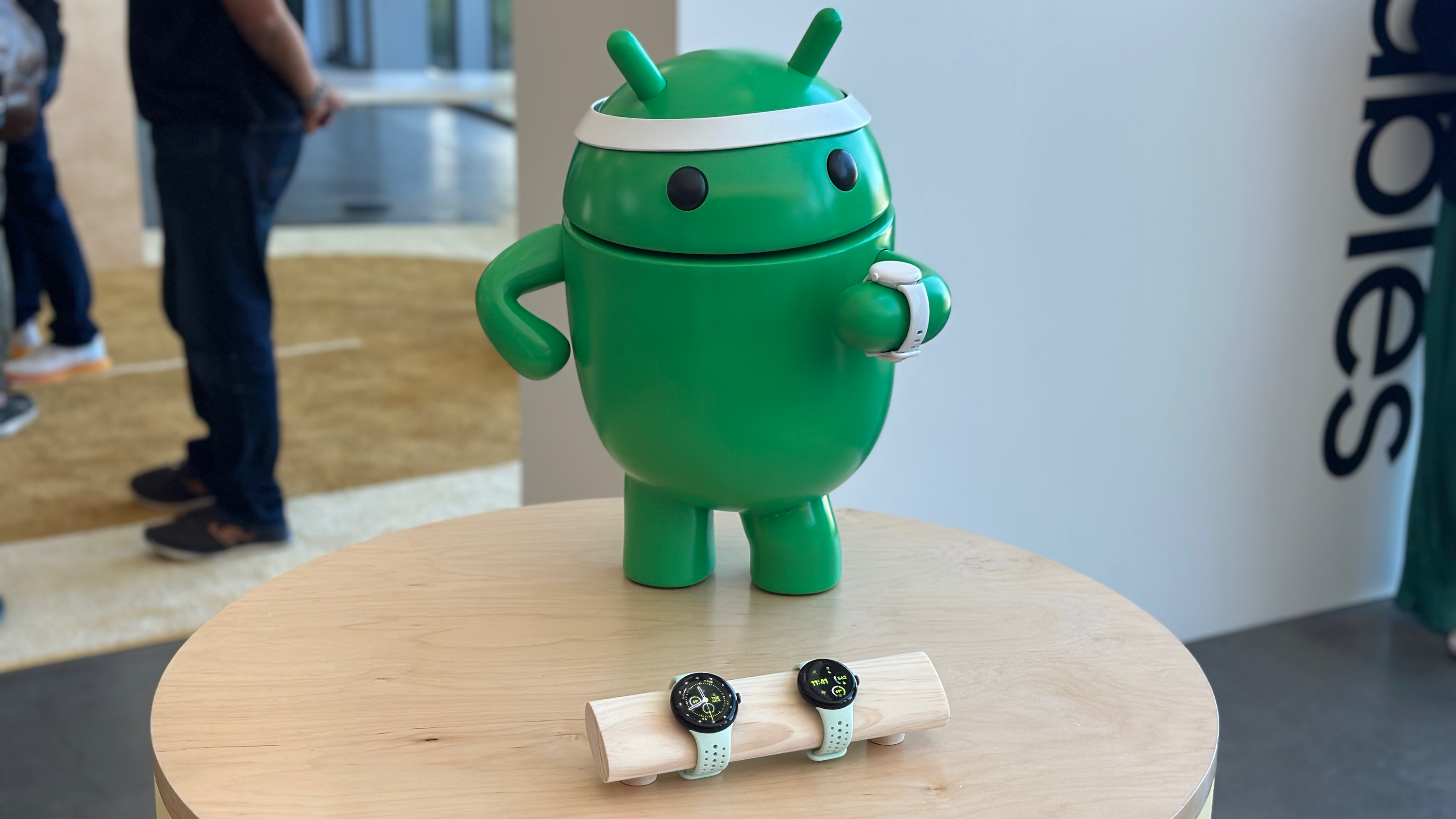
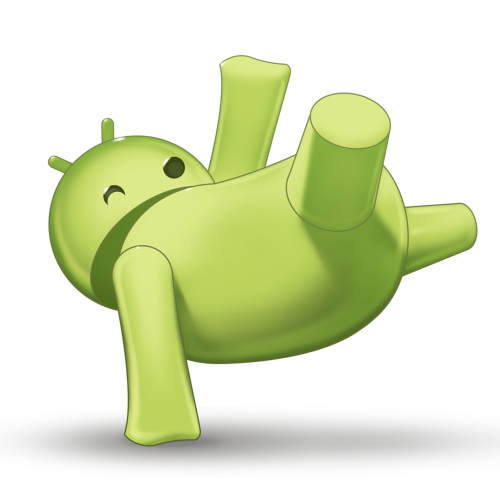
In this weekly column, Android Central Wearables Editor Michael Hicks talks about the world of wearables, apps, and fitness tech related to running and health, in his quest to get faster and more fit.
Google pandered to runners like me with the Pixel Watch 3, and barring a couple of mistakes and missing features, it did an excellent job. But my excitement was immediately tempered by the news of another nail in the Fitbit brand's coffin, one that limits who'll actually get to take advantage of these new running tools.
Up until now, running with a Pixel Watch was a bare-bones experience. You turned on the GPS, saw a few stats on your wrist during a run, and received a simple summary afterward.
The Fitbit OS is slightly better, though I found certain features, like creating intervals, needlessly complicated. Also, its daily recommendations and Premium workouts always felt more geared towards indoor workouts.
The Pixel Watch 3 changes things, adding tools like user-made workouts, AI-generated runs based on your Daily Readiness, a cardio load score that takes weeks of workout data and your target load into account, running form insights, and a Morning Brief summarizing everything you need to know before a run.
Google even says it improved heart rate accuracy when running by reducing "light artifacts" caused by rapid arm pumping. Based on our review testing, the Pixel Watch 2 was no slouch in this area.
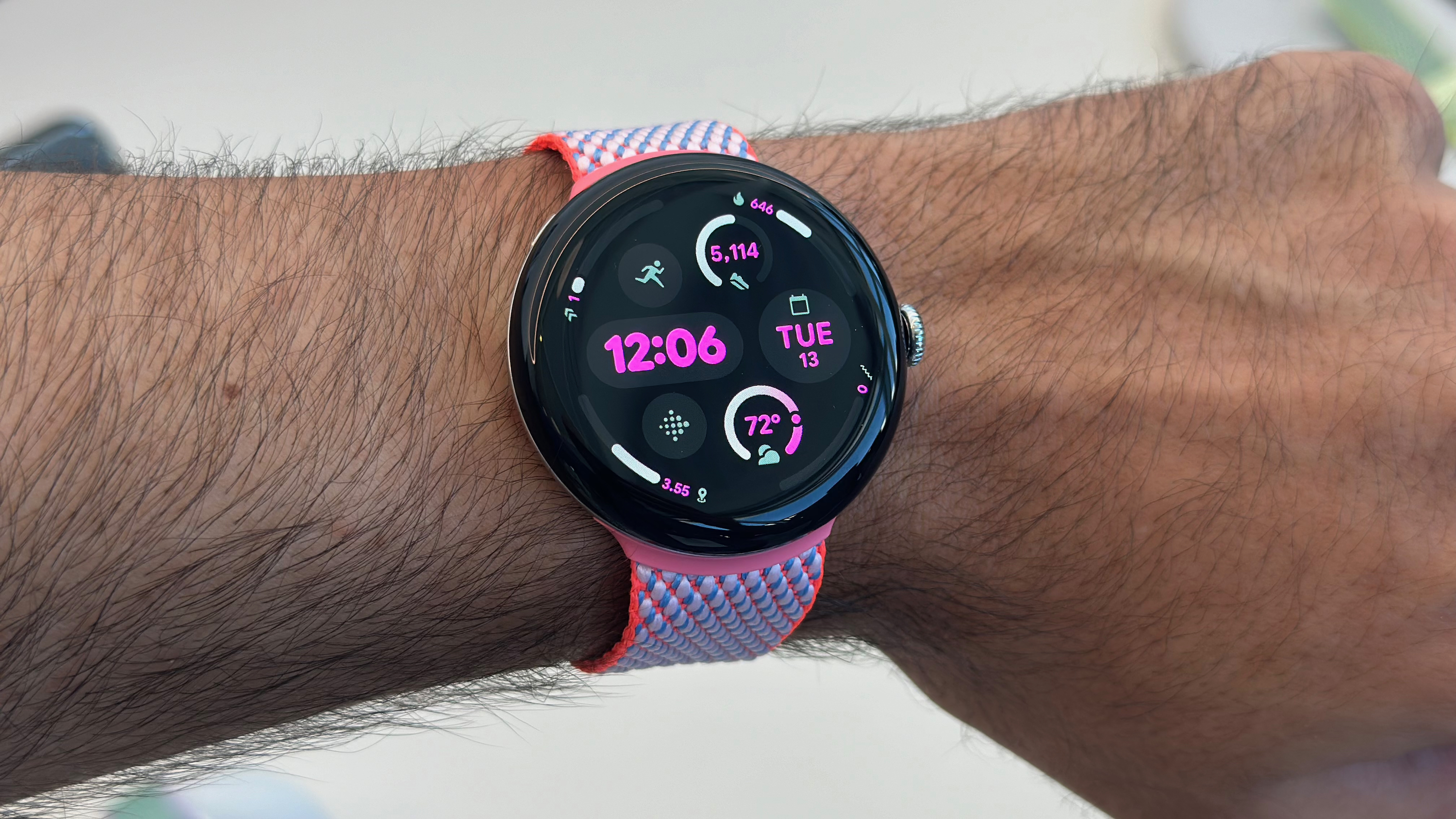
It's not everything I'd want out of a running watch, to be clear. The Pixel Watch 3 won't let you race past times. You can't download offline GPX maps, and Google has yet to take full advantage of Google Maps for things like courses or Back to Start. There's no Garmin Coach equivalent for long-term training plans, either. But this is nitpicking, and Wear OS 5 has things on the right track.
I'm more disappointed that Google didn't follow Samsung's example with the Galaxy Watch 7 and put dual-band GPS in the Pixel Watch 3. I've had bad luck with GPS-only tracking on the Fitbit Charge 6, though the Watch 3 antenna should be much better. I can't really criticize it until I test the accuracy for myself, but it does feel like a slightly missed opportunity.
Be an expert in 5 minutes
Get the latest news from Android Central, your trusted companion in the world of Android
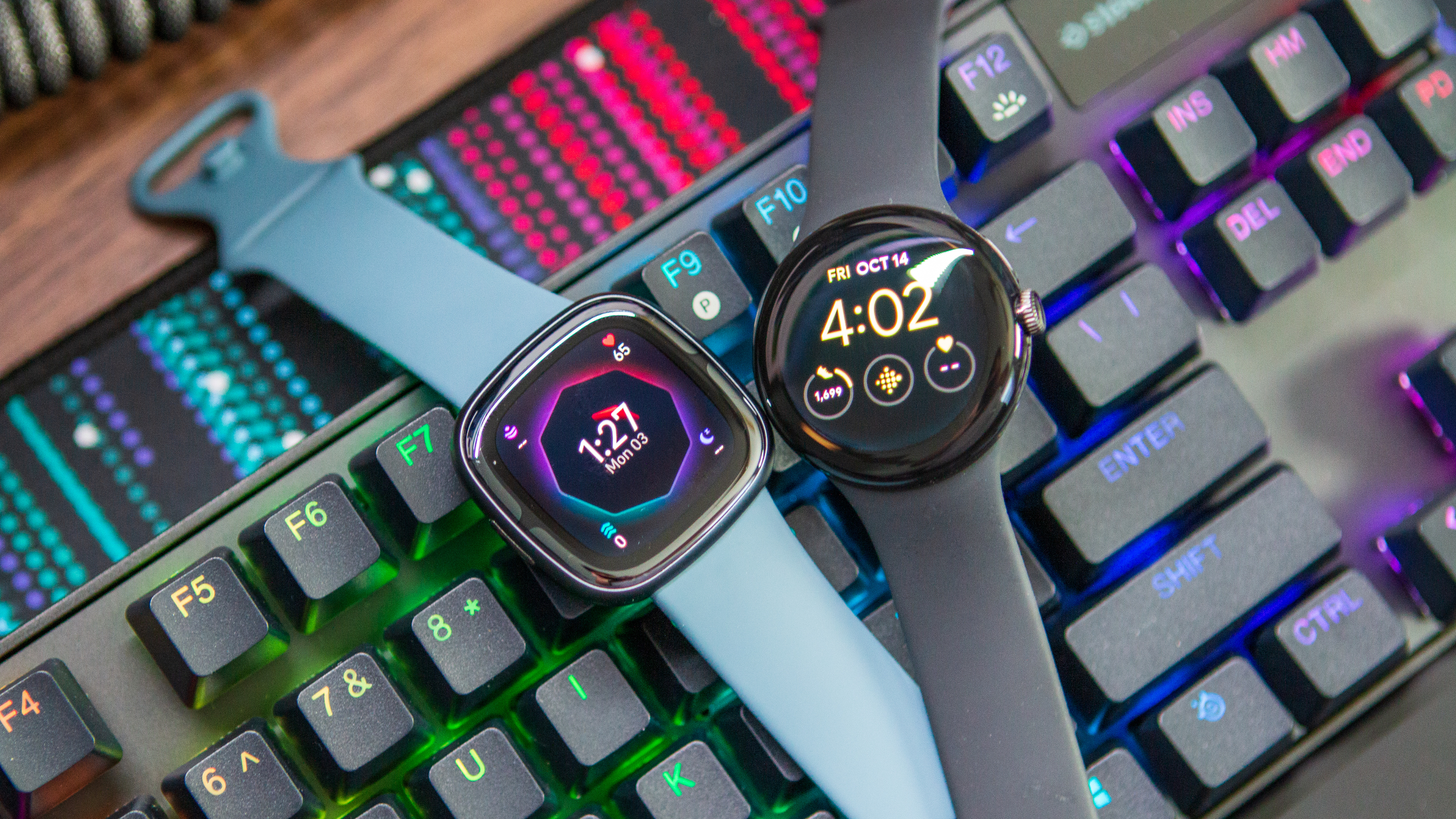
So what's the real problem? It's that the future of Fitbit smartwatches apparently rests on the Pixel Watch, and it remains uncertain if Google intends to bring these Fitbit insights to Fitbit-branded watches (and I wouldn't bet on it).
Engadget's Cherlynn Low interviewed Sandeep Waraich, senior director of product management for Pixel Wearables, at the Made by Google 2024 event earlier this week when Waraich gave her some unfortunate news.
Low asked Waraich about other Fitbit-branded smartwatches; he responded that "Pixel Watch is our smartwatch part of the portfolio" and that any Fitbits moving forward would offer a minimalist experience. He says Fitbit users want "a simple experience" and pointed to the Fitbit Inspire 3 as an example.
He clarified that Fitbit Sense 2 and Versa 4 will remain available, but we may not see Sense 3 or Versa 5 for a long time, if ever.
Android Central reached out to Fitbit, asking if these new running features could be added to past Sense and Versa watches and to confirm the news above. A spokesperson responded, saying that Google is "very committed to Fitbit" and to "the customers that use and depend on those products and technology." However, they did not comment on whether we would see these new running features on your Fitbit anytime soon, which doesn't leave me very hopeful.
RIP Fitbit as a separate entity
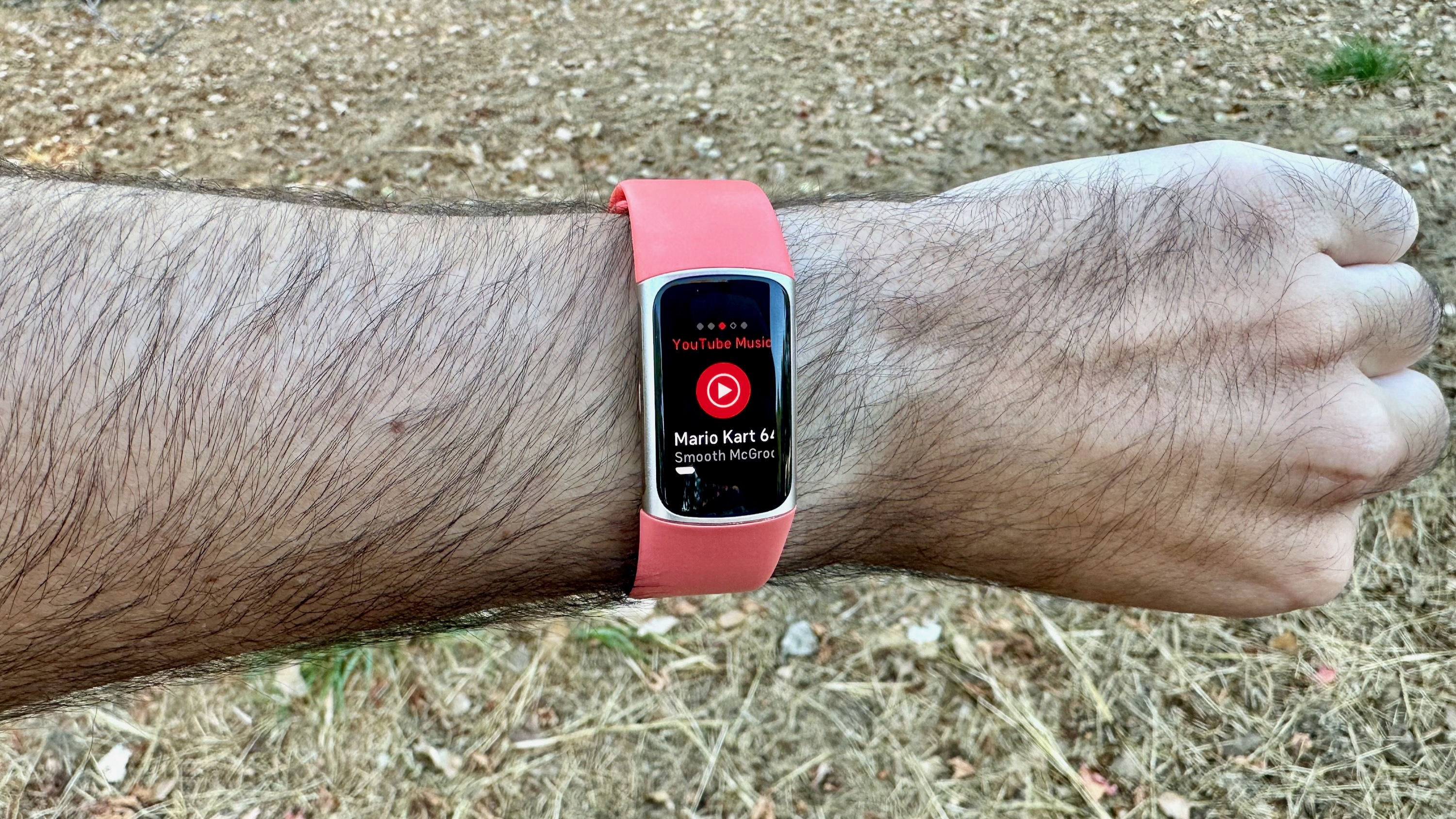
I've written in the past about Fitbit's struggles as a brand, so I'll keep it brief. Fitbit used to be a top-selling wearable brand, but it fell from 7th to 10th in total sales in 2022, as per Counterpoint, and now rarely appears outside of the "Other" category on industry reports.
Google cut the territories where it sold Fitbit devices in half in late 2023. A few months later, Fitbit's executives — including founders James Park and Eric Friedman — left Google under unclear circumstances. Since then, Fitbit has presumably fallen under the Google wearables umbrella, with no one left to advocate for Fitbit as a separate entity.
The last Fitbit-branded device — released before the executive exodus — was the respectable Fitbit Charge 6. It was essentially a reboxed Charge 5 with new Google apps and a Google-made algorithm for better heart rate. We'd hoped new Sense and Versa watches were next; instead, we'll probably see a petite Fitbit Inspire 4 band next year.
Here's the problem: Fitbit's pivot to focus on cheap fitness bands makes very little economic sense. Look at this 2024 Canalys report showing how smartwatches dominate basic bands in total sales. In 2020, trackers and smartwatches made up 46% and 37% of the market, respectively; today, basic bands only account for 17%, versus 37% for smartwatches. By 2028, analysts predict, it'll be 12% and 48%, respectively.

Abandoning your Fitbit smartwatches for the Pixel Watch 3 and tiny Fitbit bands feels...short-sighted. It cuts out Fitbit's many iOS power users, as well as Android-using athletes who want a lightweight fitness watch that lasts a week and not a 24-hour Pixel Watch or a tiny-screened Inspire with no built-in GPS.
Even though the Fitbit Charge 6 is the best fitness tracker available today, many people skip it because of the relatively high price and subscription. Jitesh Ubrani, IDC's research manager for wearables, says Fitbit has struggled to compete against "low-cost, value-oriented brands such as Xiaomi, Amazfit, or Huawei." Why spend $160 + $10/month when you can pay $40 for a Xiaomi Smart Band 9?

In light of that, I'd always hoped that Fitbit would double down on its fitness smartwatches, optimizing its fitness software and health sensors on the Sense and Versa lineups, then porting those features to the Pixel Watch for Android power users who don't care as much about battery life.
Instead, at this rate, Fitbit will become more niche than ever as it pivots to the fitness band form factor that most people are starting to abandon in favor of smartwatches or smart rings.
Brands like Garmin, Coros, and Polar still cater to runners, but these focus much more on training guidance than health data. The Pixel Watch 3 takes the reverse approach, and I'm genuinely excited to put it through its paces. However, Fitbit's hardware could have struck a balance between fitness and health, as well as smarts and efficiency. That's not gonna happen now.

Michael is Android Central's resident expert on wearables and fitness. Before joining Android Central, he freelanced for years at Techradar, Wareable, Windows Central, and Digital Trends. Channeling his love of running, he established himself as an expert on fitness watches, testing and reviewing models from Garmin, Fitbit, Samsung, Apple, COROS, Polar, Amazfit, Suunto, and more.
You must confirm your public display name before commenting
Please logout and then login again, you will then be prompted to enter your display name.
